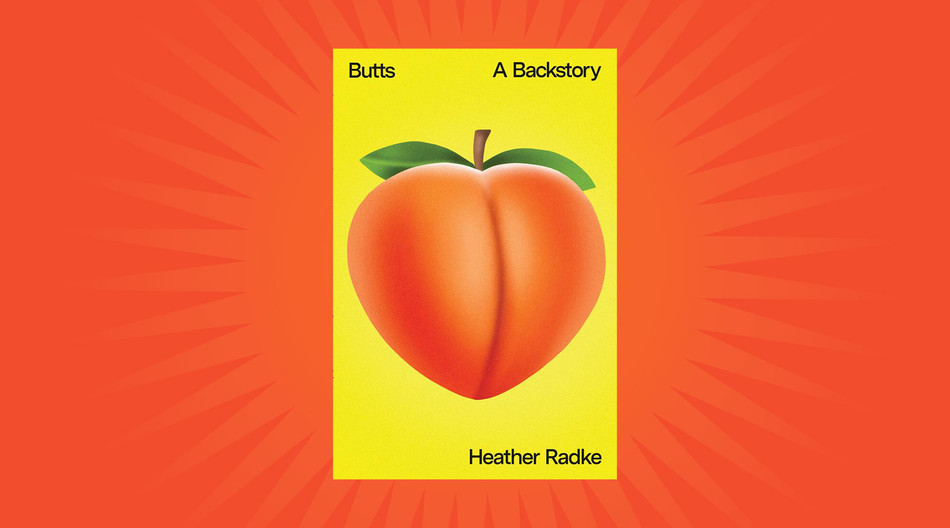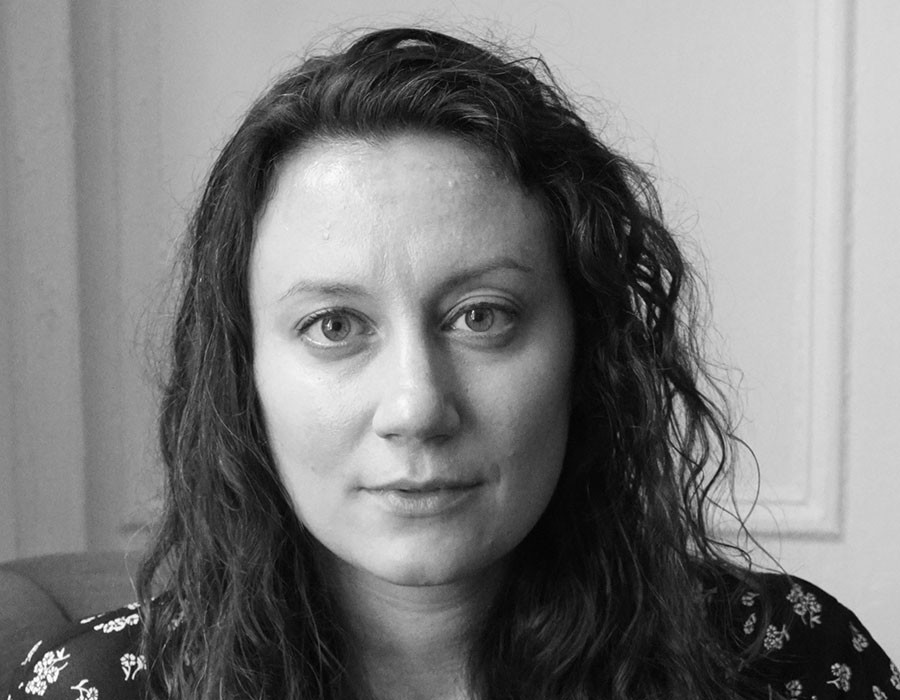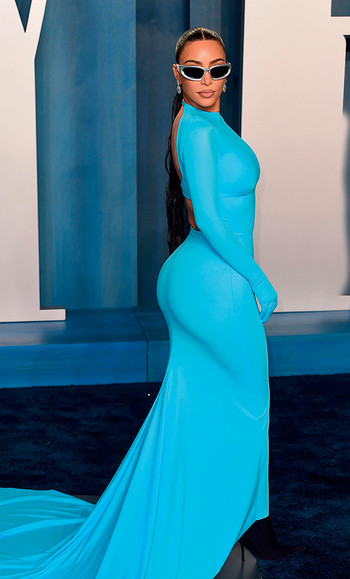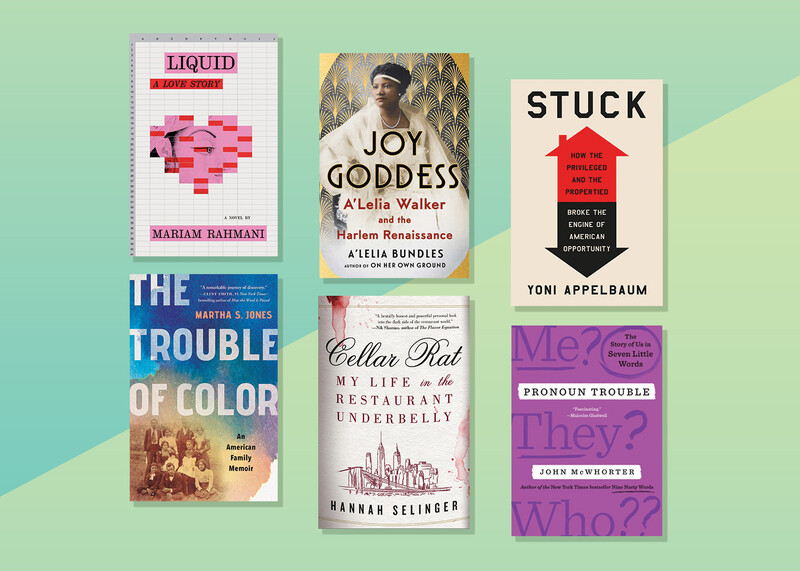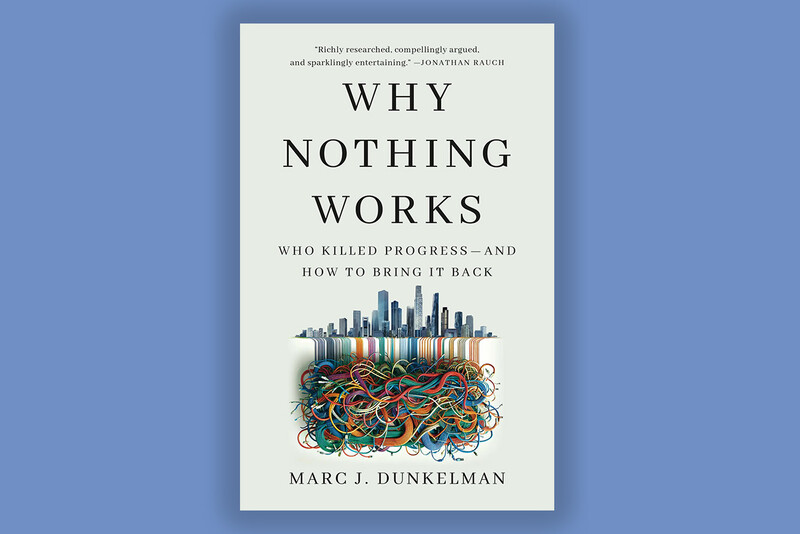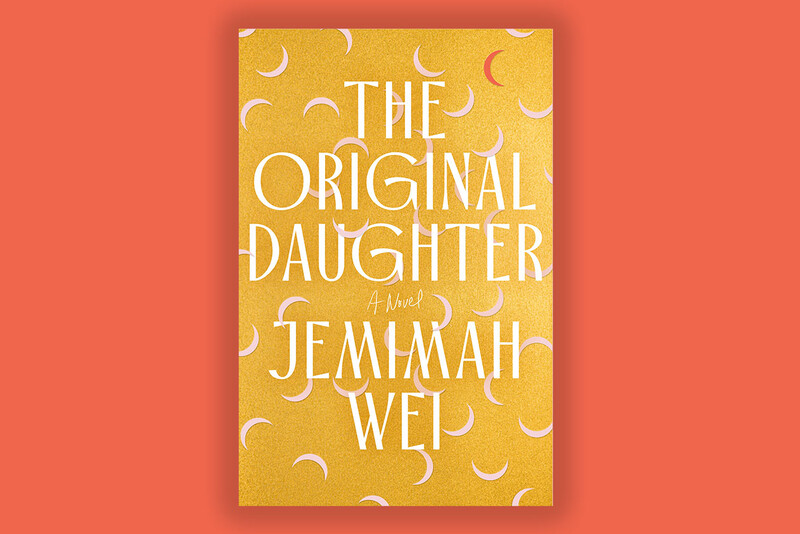How did you become interested in this unusual subject?
I have a big butt, and when I was growing up in the 1990s in a suburb of Lansing, Michigan, I was teased about it. In that time and place, having a big butt was not considered desirable, especially for a white woman, and I felt the kind of mundane shame most of us have about our bodies. But later in my life, my butt started to attract a different, more positive kind of attention. I was fascinated by the shift. How could a body part come in and out of fashion? There seemed to be so many cultural and historical factors at play.
How did you get the idea to turn these observations into a book?
I was getting my MFA in nonfiction writing at Columbia, taking classes with Hilton Als and Leslie Jamison, and I started to do some writing about my relationship with my body, which led to some of the research that became the foundation of the book. I had applied to Columbia journalism professor Sam Freedman’s book-writing seminar with a different idea that was rejected, but I couldn’t stop thinking about butts, so I said a Hail Mary and suggested it. I ended up writing the book proposal in his class.
The scientific research that you present is very compelling, particularly that the butt may be one of humankind’s greatest evolutionary advantages. Did that fact surprise you?
Very much! I hadn’t realized that we are the only animals that have butts — that this particular set of muscles is a uniquely human feature. I had always thought of humans as inferior runners and was taught that standing upright and using tools were the keys to human evolution. But Daniel Lieberman, an evolutionary biologist at Harvard and the go-to guy on butts, believes that the unique way that humans run was actually an important factor in our survival. Humans are slower runners than four-legged animals, but thanks to the butt, we have something they do not — endurance. The gluteal muscles are the largest muscle group in the human body, and their strength and positioning are what allowed humans to keep running and chasing prey when other animals had to stop. That endurance gave humans a competitive advantage that became crucial to how we were able to survive and acquire the calories necessary to maintain and develop our brains.
So a human can potentially outrun a horse?
Exactly. In the book, I write about a story I did for the podcast Radiolab, where I work as a reporter. In October of 2019, I went to the Arizona desert for a remarkable endurance race called Man Against Horse, which is exactly what it sounds like. Humans and horses go head-to-head up Mingus Mountain for a fifty-mile ultrarun. The race has been an annual event since 1983, and in every single race, at least one runner has beaten at least one horse. In 2019, for the first time, a human runner — ultramarathoner Nick Coury — beat them all.
Much of your book revolves around the tragic story of Sarah Baartman, a Black woman often referred to as “the Venus Hottentot,” who was taken from her home in South Africa around the turn of the nineteenth century and brought to Europe, where her large butt was displayed as entertainment. What is so significant about her?
While Baartman was surely not the only Black woman treated this way, she was likely the first and certainly the most famous. There was a highly publicized trial in 1810 to determine whether Baartman was enslaved or living in Europe of her own free will, so there are court documents chronicling many of the horrifying details of her life. She was forced to work long days dressed in minimal African clothing, with a girdle accentuating her bottom, and spectators were invited to examine, pinch, or poke her rear. And Baartman’s body was exploited long after her death. Her remains were on display in museums in Paris continuously through the 1980s and then again in the 1990s, which is shockingly recent. So-called “racial scientists” throughout the nineteenth century used her autopsy report as evidence that Black people were less human than white people, and that Black women were more sexualized than white women. In both science and popular culture, Baartman was used as evidence to bolster racial stereotypes.
Your book chronicles fashion trends and the ways that curves have been celebrated and rejected at different times in history. Why do you think they go in and out of fashion?
In some ways, that’s the primary question of the book. And I still don’t entirely have the answer. But I think that fashion is always reflective of bigger cultural conversations, and we can learn a lot about a time period based on what was in style. In the late nineteenth century, for example, the bustle — a bunch of fabric, or a pillow, that was worn under a dress to literally make the butt bigger — was ubiquitous. As I write in the book, there is evidence that directly links the bustle trend to Sarah Baartman — white European women essentially devised a prop to allow them to mimic the Black body. But there are other factors that play into the trend too; fabric was very expensive then, so larger bustles, and therefore larger butts, were an indicator of class status. There was a dramatic shift in the 1920s, the age of the flapper. Curves were no longer stylish, and fashion trends celebrated thinness, even androgyny. Of course, that also tells a larger story. Women were beginning to question domesticity and experiment with new roles in society. Fashion can feel frivolous, but it’s often indicative of something deeper.
Where are we now?
The rise of hip-hop culture in the 1990s and early 2000s brought butts back, but it was segregated racially — Black culture celebrated those curves, but white women still sought the rail-thin aesthetic popularized by model Kate Moss. Then Kim Kardashian — and specifically her butt — skyrocketed to fame in the 2010s. Suddenly, big butts were more visible and desired than they had ever been, even for white women. There are some other factors that played a part, like the rise of the body-positivity movement. But in many ways Kim Kardashian became the modern Venus Hottentot, except that as a wealthy, non-Black woman, her circumstances and personal history were entirely different than Sarah Baartman’s.
Did researching and writing the book impact how you feel about your own butt?
My relationship with my body has changed in a lot of ways over the last several years. I think that now, when I have a moment when I feel negatively about my body, I try to ask myself questions about why I’m having that reaction. I don’t think we’ll ever be free from a society that says that some bodies are better and some are worse, but I think there’s real value in examining why that is. This book is about butts, because that was a source of shame for me, but it could have been about almost anything. Looking closely at the things we find objectionable about ourselves can be transformative.
This article appears in the Spring/Summer 2023 print edition of Columbia Magazine with the title "A Serious Look at a Cheeky Topic."
